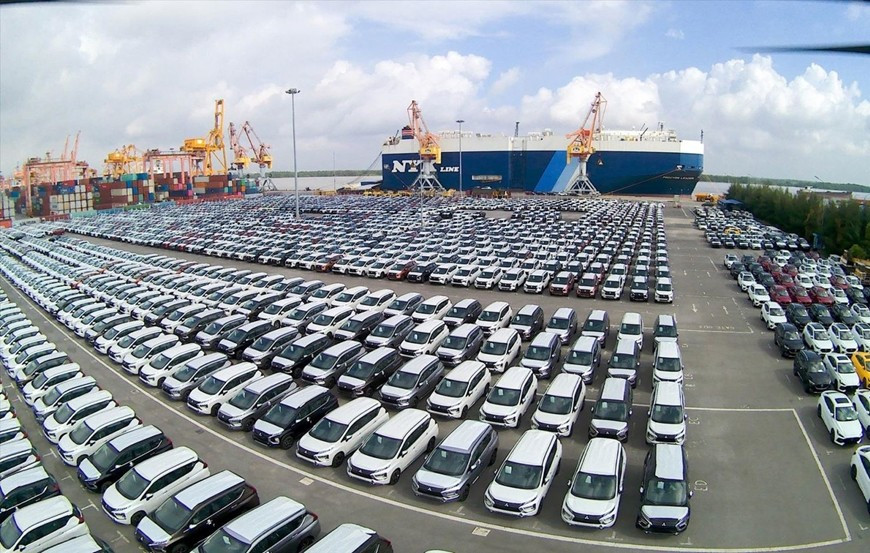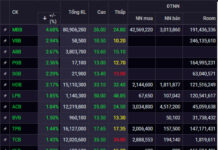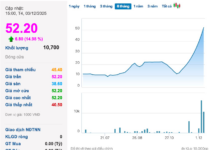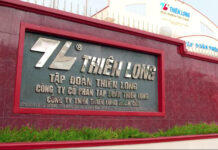According to the latest data released by the Customs Authority, Vietnam imported 17,295 completely built-up (CBU) cars in September, marking a 6.3% increase compared to the previous month. This indicates a continued acceleration in import activity. The majority of these vehicles originated from three key markets: Indonesia, with 7,452 units (up 11.7% month-on-month); Thailand, with 4,279 units (down 20%); and China, with 4,095 units (up 28.4%).
Imports from these three markets totaled 15,826 units, a 4.1% increase from the previous month, accounting for 92% of all car imports into Vietnam.
Notably, market focus has shifted from passenger vehicles to commercial and infrastructure-related segments, where China is rapidly gaining ground, nearly overtaking traditional competitors. Specifically, Chinese truck imports surged by 43.8% in September, while Thai truck imports in the same category saw a sharp decline.

Over 155,000 CBU cars were imported into Vietnam in the first nine months.
In the “other vehicle” category, which includes dump trucks, tankers, cranes, street sweepers, environmental vehicles, and specialized cargo carriers, China dominated with 93% of total imports for the month, nearly monopolizing this segment. Brands like HOWO, Dongfeng, Foton, and Shacman are increasingly prevalent at northern border gates such as Lang Son, Huu Nghi, and Mong Cai, with consistent and rapid delivery rates.
Japanese car imports saw a surprising near-doubling in the under-9-seat category, though their market share remains small and insignificant. Meanwhile, Thailand, once a major supplier of trucks and specialized vehicles to Vietnam, experienced a notable decline in both truck and passenger car exports in September.
Over the first nine months, Vietnam imported 155,047 CBU cars, a 24% year-on-year increase; the total value reached USD 3.4 billion, up 33.3%. This includes 117,081 passenger cars (up 14%) and 19,988 commercial vehicles (up 84.7%).
From a practical standpoint, Chinese vehicles offer clear advantages in speed, cost, and flexibility, with quick delivery, adaptable configurations, and competitive pricing. In contrast, supply from Thailand and other ASEAN countries shows signs of slowing down. If this trend persists until year-end, Vietnam’s commercial and specialized vehicle market could undergo a significant shift, with Chinese brands poised to take the lead.
The Great Automotive Shift: China’s Cars Flooding Vietnam
In a short span of time, a deluge of Chinese automotive brands, ranging from gasoline to hybrid and pure electric vehicles, has swept into Vietnam.
The Rise of Chinese Automotive Industry: A Global Concern?
The Chinese manufacturers are seizing the initiative in Russia. With a keen eye for opportunity, they are stepping up to fill the void left by Western companies exiting the Russian market. This bold move showcases their adaptability and determination to expand their global reach. It remains to be seen whether this strategic maneuver will pay off in the long run, but it certainly underscores the resilience and resourcefulness of these Chinese businesses.








































